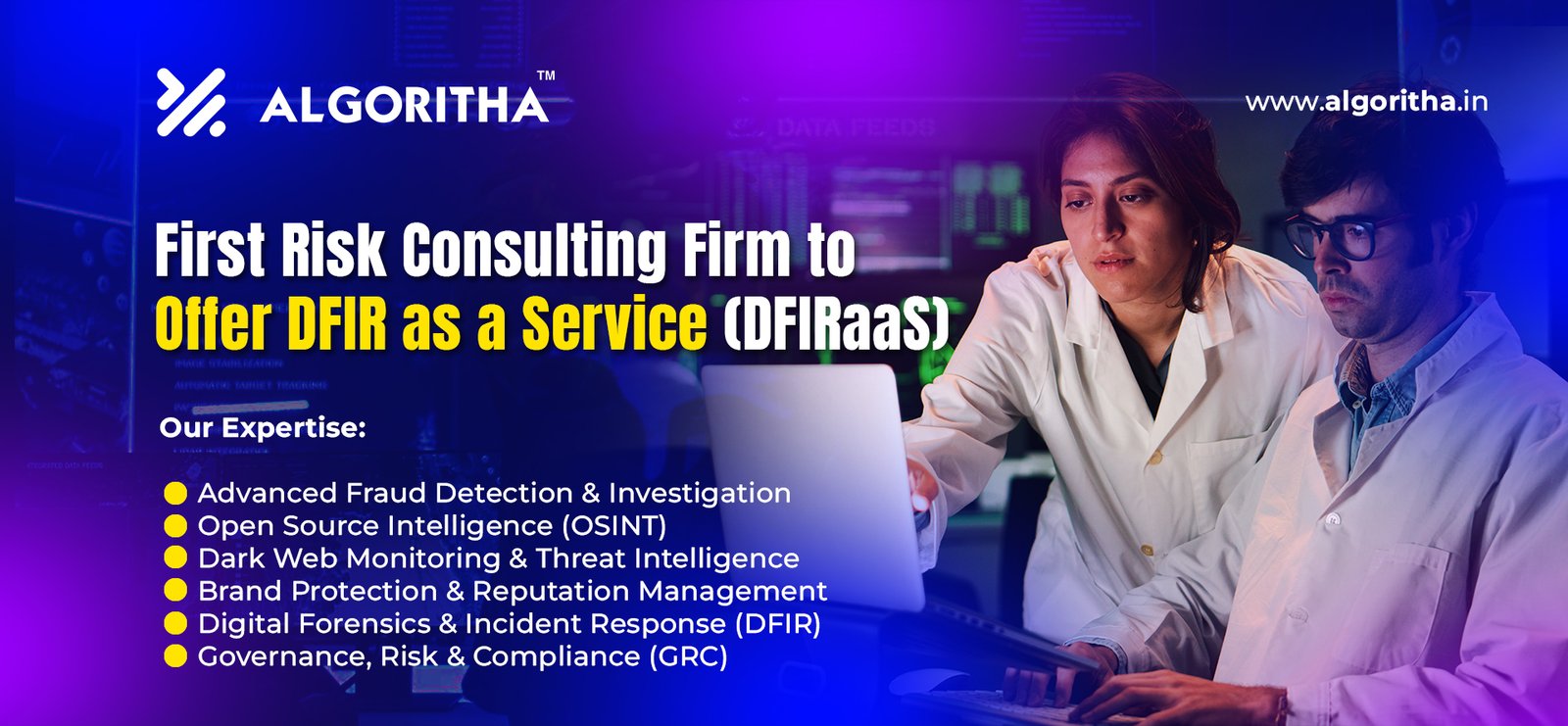Google DeepMind’s unveiling of Veo 3 and Flow marks a turning point in the intersection of artificial intelligence and visual storytelling. Veo 3 is touted as the company’s most advanced text-to-video model yet, capable of generating cohesive, cinematic video clips using natural language prompts. These clips feature believable motion, synchronized dialogue, sound design, and even camera movements, all from just a few lines of text.
Flow, a complementary creative toolset, enhances the experience by enabling users to manage video generation, image synthesis, and scene building through an integrated interface. Together, Veo 3 and Flow remove traditional production barriers such as expensive equipment, physical sets, and crews.
As these tools evolve, the line between filmmaker and prompt engineer begins to blur. With Flow’s SceneBuilder, users can customize shot composition, camera lens, and pacing without ever handling a camera. While this democratizes content creation, it also raises concerns about the erosion of traditional craftsmanship.
A filmmaker quoted in DeepMind’s presentation expressed awe at the tool’s capabilities but also warned of potential consequences: “Artists, editors, and crews have been crafting this kind of work for over a century. Now it’s just doing it faster and cheaper, and that’s going to cost real people their livelihoods.”
Veo 3 and Flow embed SynthID watermarks to track content origin, but the issue of authorship remains legally unresolved. If AI generates entire cinematic experiences, who holds the copyright? What rights do users have to sell or distribute these works?
Google has yet to clarify the legal framework for AI-generated media. Meanwhile, unionized creators and studios are urged to tread cautiously, especially where intellectual property rights are ambiguous.
As the debate unfolds, one thing is clear: tools like Veo 3 and Flow aren’t just technological marvels—they’re catalysts for a broader conversation about the future of creativity in the digital age.


